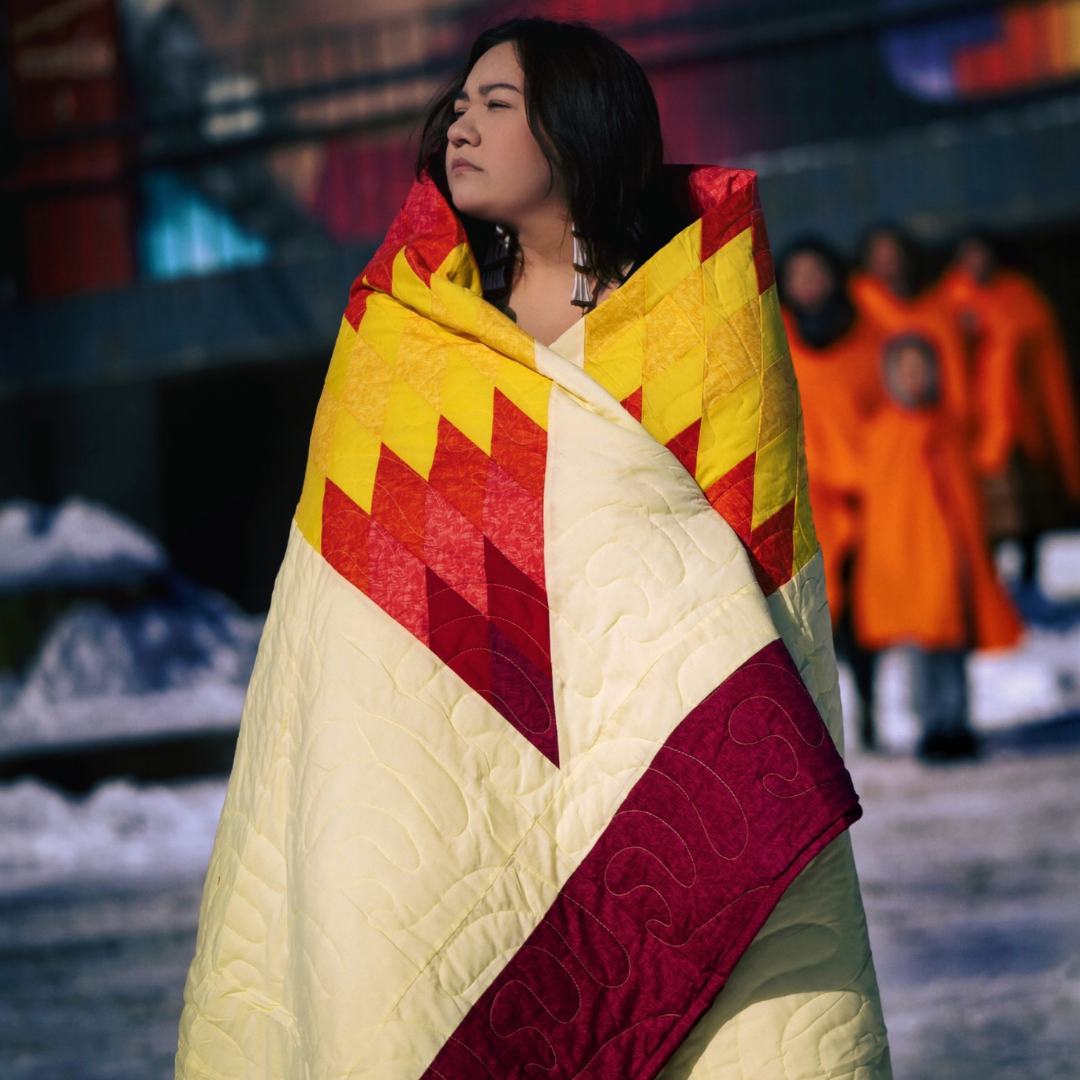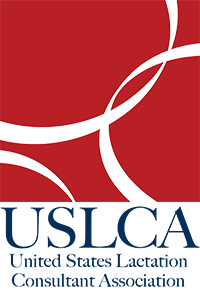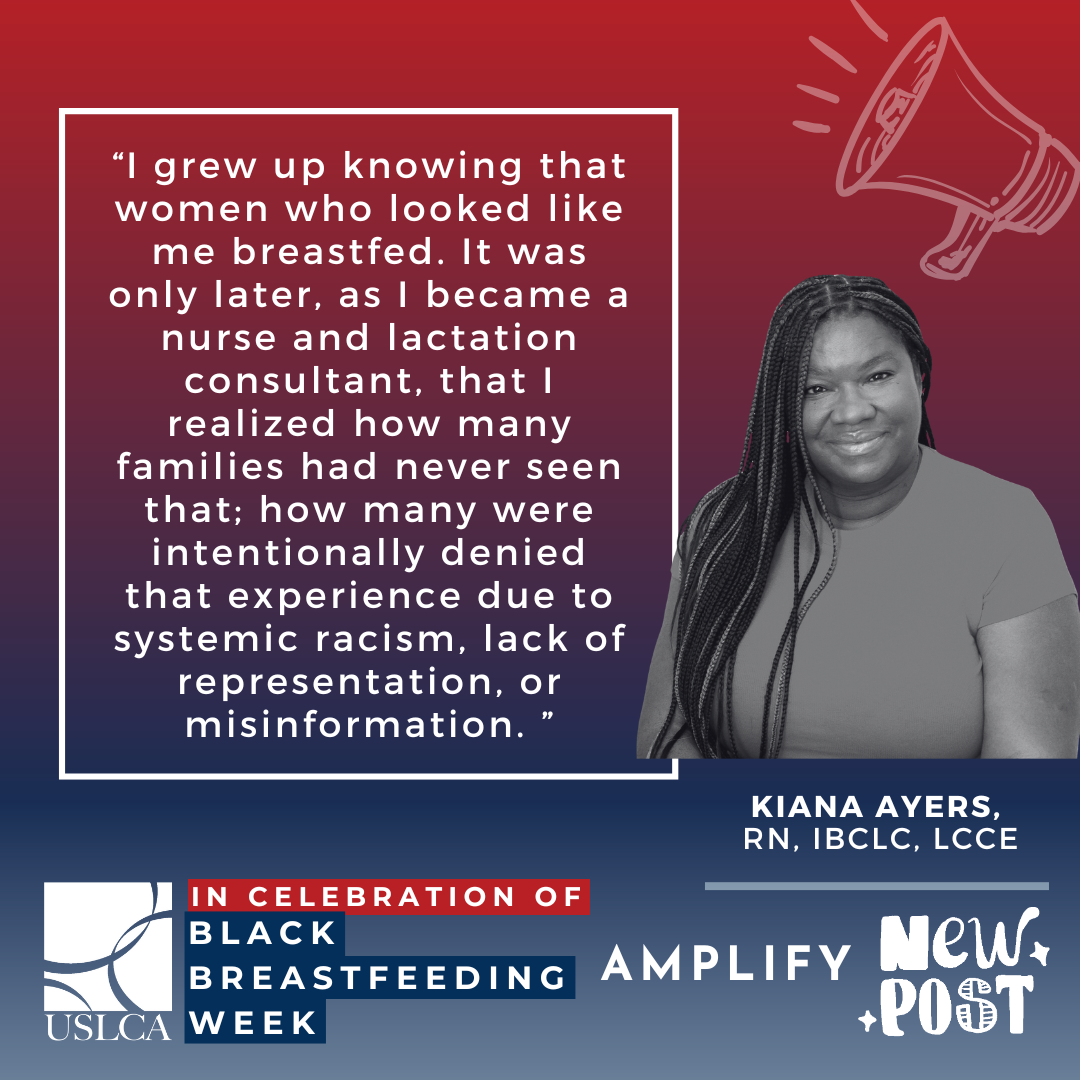Honoring Indigenous Heritage: How Traditional Birthing Practices Strengthens Communities
By: Iktomi Wašte Winyan Favel
 The Minnesota Indian Women’s Resource Center’s Traditional Birthing Team Thunwinna’s (Thunwinna means non-blood auntie. Our own version of a Doula) mission is to support and teach pregnant women relatives and their families throughout the entire perinatal stage and beyond via the guidance and teachings of our Wichahunku, Thunwin na Thunwinna, and Wichakhunsitku (Mothers, Aunties and Non-blood related Aunties, and Grandmothers). This is how it was for generations upon generations.
The Minnesota Indian Women’s Resource Center’s Traditional Birthing Team Thunwinna’s (Thunwinna means non-blood auntie. Our own version of a Doula) mission is to support and teach pregnant women relatives and their families throughout the entire perinatal stage and beyond via the guidance and teachings of our Wichahunku, Thunwin na Thunwinna, and Wichakhunsitku (Mothers, Aunties and Non-blood related Aunties, and Grandmothers). This is how it was for generations upon generations.
Our team of Thuwinna understand and help our pregnant women relatives and their families to feel safe and secure and to have trust and confidence in the people around her at that sacred time. With a primary focus on traditional birthing practices and spiritual lifeways of our Dakota and Anishinaabe People, our Thunwinna also help our communities build capacity through an Indigenous Birth Community Support System that would enhance the knowledge and the birthing experiences of our Indigenous women and families and improve the health outcomes of mothers and babies and ultimately strengthening the Native family Unit.
We approach birth work holistically with a collective connection to Unci Maka (Grandmother Earth) through traditional cultural lifeways such as ceremony, community connection and support, traditional medicines, traditional foods, and by empowering our Native American families with ceremonial birth knowledge and westernized evidence-based birth knowledge to make informed decisions during their birth journey and ceremony. Our care consists primarily of making house visits with our families to help with ceremonies, birth plans, breastfeeding support, life stage support, traditional meals and nutrition, medicines, house cleaning, babysitting, exercise, kinship, fun, etc.
We use traditional birthing practices and teaching resources that are based in our traditions still taught from our Thunwin and Kunsi, like Thunwin Dorene Day and many others. They are our most important resource when learning. With their guidance, our goal is to promote knowledge and access to cultural ceremonial lifeways, medicines (including traditional tobacco), traditional foods, and our own healing modalities as they relate to the health and wellbeing of the birthing mother and family.
Cera Swiftwater Hayes shares her experience on her social media in a post, “My experience was magical. I wasn’t afraid this time. There was no rushing around, no anxious crying. I could eat in silence, listen to my music, and prepare my home for her arrival. I could smudge and my home was filled with our traditional medicines. We sang prayer songs, we had a birth fire ready, and this let her know, we were ready here (prepared for her entry from the spirit world). I trusted my body and those around me to bring her safely earthside. I didn’t have to worry something was wrong or feed into my general anxiety at not being able to control the situation. I could be present in my experience and focus on my body wholly. I moved around a lot, I changed positions many times to find what felt right. I focused on my breathing to try and remember the hypnobirthing techniques… I never felt stronger than when my inner mama bear was released during transition, and I literally growled her out. I remember listening to my support people, “You can do this. You ARE doing this, and You are doing amazing!” Her Ate’ (father) sang her down from the stars in the most beautiful ceremony I’ve ever experienced…I birthed our
perfect 11lb girl with no tearing and all natural because I trusted my body to do what it was supposed to do, and I was surrounded by the most beautiful supportive women and my husband.”
Why do we do what we do? We as a people along with our homelands have experienced unacceptable treatment since 1492. In an effort from the United State Federal Government to enforce the assimilation of Native People into Christianity, the Religious Crimes Code of 1883 was enacted to ban dances, ceremonies, gatherings, feast gatherings, and practices of medicine persons. Since 1942, Land theft was a driving force of the Genocide of Native Americans and forced assimilation campaign efforts like “Kill the Indian, Save the Man,” where Boarding Schools (also known as concentration camps) were created to force Native children to abandon their heritage and become an “American”. Polices and Regulations deeply rooted in White Power and Supremacy.
Since the beginning of the twentieth century, the federal government’s efforts to assimilate Indigenous/Native American/American Indian People became multifaceted. Colonial Rule came in campaigns like forced sterilization, policy, and pressures to birth in the hospital, relocating reproduction from the reservation to urban areas creating more challenges from financial to lack of family, community, and cultural support. The exact opposite of what pregnancy, birth and Native family structures were before colonialism. Native women were forced to reject the reproductive practices of their mothers and grandmothers; replacing midwives with government physicians, nurses, and field matrons as authorities on reproductive knowledge; and give birth in the government hospitals that were being built on some reservations during those years. Biological reproduction was seen as a marker of assimilation and a valuable tool in advancing the federal governments genocide and assimilation agenda and enforced by Bureau of Indian Affairs (BIA) agents, government officials, missionaries, social workers, and IHS (Indian Health Services) (IHS) employees.
More recently, The Minnesota Department of Health (MDH) has released a report on maternal mortality in 2017 and 2018. The report shows that Non-Hispanic white Minnesotans comprise 69% of the birthing population, account for 60% of maternal deaths. Black Minnesotans, who comprise 13% of the birthing population, account for 23% of maternal deaths. In contrast, American Indian Minnesotans, who make up 2% of the birthing population, account for 8% of maternal deaths. The report documents significant disparities in maternal mortality for Native women in Minnesota; Black and American Indian birthing people are disproportionately affected by maternal mortality. The Minnesota Indian Women’s Resource Center’s Thunwinna Birth Workers are taking steps to address these disparities in maternal health and prevent Native American maternal and infant mortality and morbidity in Minnesota better known to us as Mni Sota Makoce.
We are always looking for supporters in this work. We need a vehicle and more funding for program supplies and to hire more Thunwinna (Doulas) to empower and to provide more community care and support for our pregnant women and families during this sacred time.
Pidamiyapi,
Traditional Birthing Director
Iktomi Wašte Winyan Favel
Mad Bear Clan
Hunkpati Dakota, Lakota, Cheyenne, Arapaho and Hopi
ifavel@miwrc.org
(801) 231-6171
Traditional Birthing Coordinator
Rose Whipple
Santee Dakota, Ho-chunk
rwhipple@miwrc.org
(763) 438-5428
Traditional Birthing Apprentice
Sophie Hunter
Hochunk (Eagle Clan), Muskogee Creek Nation
shunter@miwrc.org
(651) 666-8594



